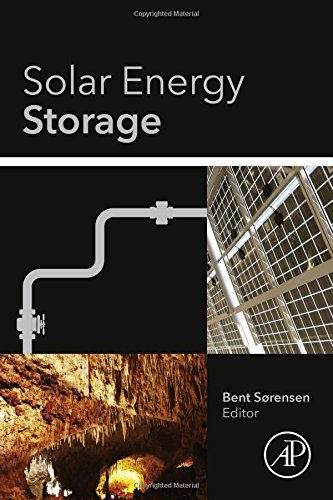

Most ebook files are in PDF format, so you can easily read them using various software such as Foxit Reader or directly on the Google Chrome browser.
Some ebook files are released by publishers in other formats such as .awz, .mobi, .epub, .fb2, etc. You may need to install specific software to read these formats on mobile/PC, such as Calibre.
Please read the tutorial at this link. https://ebooknice.com/page/post?id=faq
We offer FREE conversion to the popular formats you request; however, this may take some time. Therefore, right after payment, please email us, and we will try to provide the service as quickly as possible.
For some exceptional file formats or broken links (if any), please refrain from opening any disputes. Instead, email us first, and we will try to assist within a maximum of 6 hours.
EbookNice Team

Status:
Available4.8
38 reviewsWhile solar is the fastest-growing energy source in the world, key concerns around solar power’s inherent variability threaten to de-rail that scale-up . Currently, integration of intermittent solar resources into the grid creates added complication to load management, leading some utilities to reject it altogether, while other operators may penalize the producers via rate increases or force solar developers to include storage devices on-site to smooth out power delivery at the point of production. However these efforts at mitigation unfold, it is increasingly clear to parties on all sides that energy storage will be pivotally important in the drive to boost the integration of variable renewable sources into power infrastructures across the globe. Thoughtfully implemented storage technologies can reduce peak demand, improve day-to-day reliability, provide emergency power in case of interrupted generation, reduce consumer and utility costs by easing load balance challenges, decrease emissions, and increase the amount of distributed and renewable energy that makes it into the grid. While energy storage has long been an area of concern for scientists and engineers, there has been no comprehensive single text covering the storage methods available to solar power producers, which leaves a lamentable gap in the literature core to this important field. Solar Energy Storage aims to become the authoritative work on the topic, incorporating contributions from an internationally recognized group of top authors from both industry and academia, focused on providing information from underlying scientific fundamentals to practical applications, and emphasizing the latest technological developments driving this discipline forward.